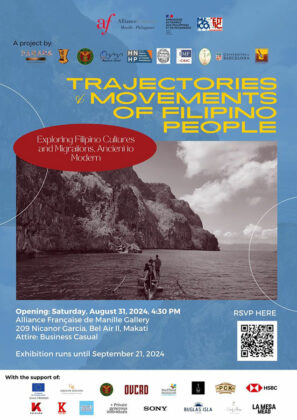Salceda says House won’t adopt Senate’s CREATE MORE bill
By Justine Irish D. Tabile, Reporter
THE HOUSE of Representatives would not adopt the Senate’s version of the Corporate Recovery and Tax Incentives for Enterprises to Maximize Opportunities for Reinvigorating the Economy (CREATE MORE) bill because it is “too flawed,” Ways and Means Committee Chairman and Albay Rep. Jose Maria Clemente “Joey” S. Salceda said.
“The House contingent will seek to resolve differences in principle between the Senate and House versions of the CREATE MORE bill in a Bicameral Conference Committee,” Mr. Salceda told BusinessWorld in a Viber message.
This comes after Office of the Special Assistant to the President for Investment and Economic Affairs (OSAPIEA) chief Frederick D. Go said that he hopes the House would adopt or at least be amendable to the Senate version of CREATE MORE.
The Senate is expected to approve the CREATE MORE bill on second and third reading next week.
“I will closely work with Malacañang, as we have in the past. We always treat comments from the OSAPIEA with the highest consideration and priority. But, on these key issues, the House contingent will be steadfast,” Mr. Salceda said.
The CREATE MORE bill is among the priority legislative measures identified by the Legislative-Executive Development Advisory Council for passage before the 19th Congress ends in June 2025.
Mr. Go said the Senate has so far approved five bills since Congress opened its third and final regular session in July.
“They are actually working very hard to give us our priority bills. And so, the next bill to come out of the Senate, I hope, is the CREATE MORE bill,” he said.
“I can assure you that I’ve been working with them up to late nights for the last many days to try to pass this. They say they will try to pass it on Tuesday next week,” he added.
If the Senate approves the bill by Tuesday, the bicameral conference committee could begin discussions as early as Wednesday, Mr. Go said.
“We are hoping that the House will adopt it or will at least be agreeable to it if they go into a bicameral conference committee,” he said on the sidelines of the National Retail Conference and Expo on Thursday.
However, Mr. Salceda said one of the reasons the House would not adopt the Senate version is it does not resolve issues on the cross-border doctrine.
“Initially, the Senate aimed to do away with separate Customs territories altogether, repealing them from the special ecozone laws that established them and deleting the House’s definition of separate Customs territories,” he said.
“However, the Senate eventually just removed the repeal of such special laws without adopting the House position of setting a primary and overarching doctrine on the question. If we adopt the Senate version as is, we’re back to the confusing status quo,” he added.
Mr. Salceda said the House also objects to the Senate version, which allows tariff- and value-added tax-free importation of petroleum for international carriers.
“We vehemently object to this. Such products will not be fuel-marked when imported, so the Senate proposal will confuse law enforcement as to the provenance of unmarked fuel,” he said.
Lastly, he said the manufacturing sector has asked for the bill to clarify the registered business enterprise (RBE) local tax.
“Specifically, they wish for current rates already set by local government units to apply, in case they are lower than the proposed 2% in CREATE MORE,” he said.
“We see the merit in this, since the RBE local tax aims to streamline tax collection, not increase rates. Manufacturing tends to be sensitive to taxes based on gross receipts because they have very low, single-digit margins,” he added.
Apart from the three reasons, he said the House would also study other inconsistencies or ambiguities in the bill that cannot be left to the implementing rules and regulations.
“Usually, when we pass tax reforms, they tend to be towards December of the year. Hence, there is pressure to complete the reform before the new fiscal year starts,” Mr. Salceda said.
“We still have a full month of session, not to mention, four months before this fiscal year ends. CREATE MORE is supposed to remedy ambiguities in CREATE. The cure will not be rushed,” he added.



















